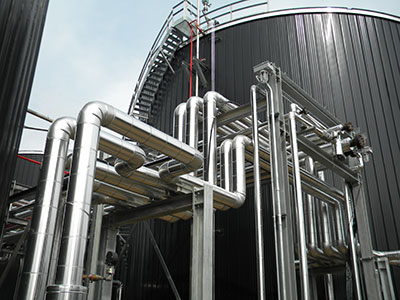Fire safety is a top priority for industrial sites and chemical plants. Cellular glass insulation is widely praised for its ability to protect against fire, but what does its fire rating really mean?
Cellular glass insulation is classified as non-combustible, earning the highest possible Class A1 rating under EN 13501-1. This means it will never burn, melt, or drip when exposed to fire, making it one of the safest insulation options available.
I have seen how the insulation decision can have major safety and cost impacts in factories and processing plants. High fire resistance is essential, and cellular glass stands out for its performance. Many plant managers need to know why cellular glass is so dependable. Let’s look at how it earns these high ratings and why that matters for safety.
Is cellular glass insulation fireproof?
Fireproof claims are everywhere, but few materials earn them as completely as cellular glass insulation. When fires break out, every second counts, and materials can make the difference between safety and catastrophe.
Cellular glass is totally inorganic, so it will not burn, smoke, or melt in fire. It meets the strictest European fire standards, with no added toxic gases, drips, or fuel in the event of fire.

Engineers in industrial plants want real answers about fire safety, not just marketing claims. I know that if a blaze begins near a tank or pipe, the insulation must not add fuel or make the situation worse. Cellular glass is free from glues and binders, which are found in many other insulation materials. In my experience, this not only helps in fire emergencies, but also reassures safety inspectors and regulators. There is no need to worry about dangerous smoke or melting insulation causing further problems. Using cellular glass insulation offers confidence that you meet every fire protection standard.
What is the fire rating of closed cell foam?
Closed cell foam insulations like PIR, PUR, and XPS are used frequently, but their fire ratings are very different from cellular glass.
Closed cell foam is not non-combustible and is usually rated Class B or lower for fire safety. It can burn, produce smoke, and melt when exposed to high heat.

What is cellular glass insulation used for?


